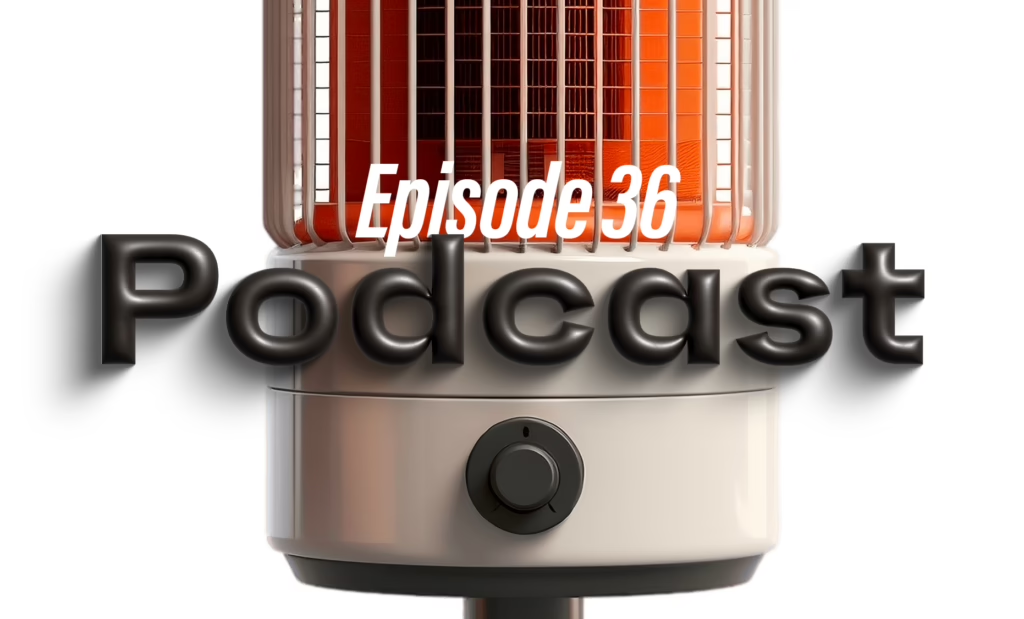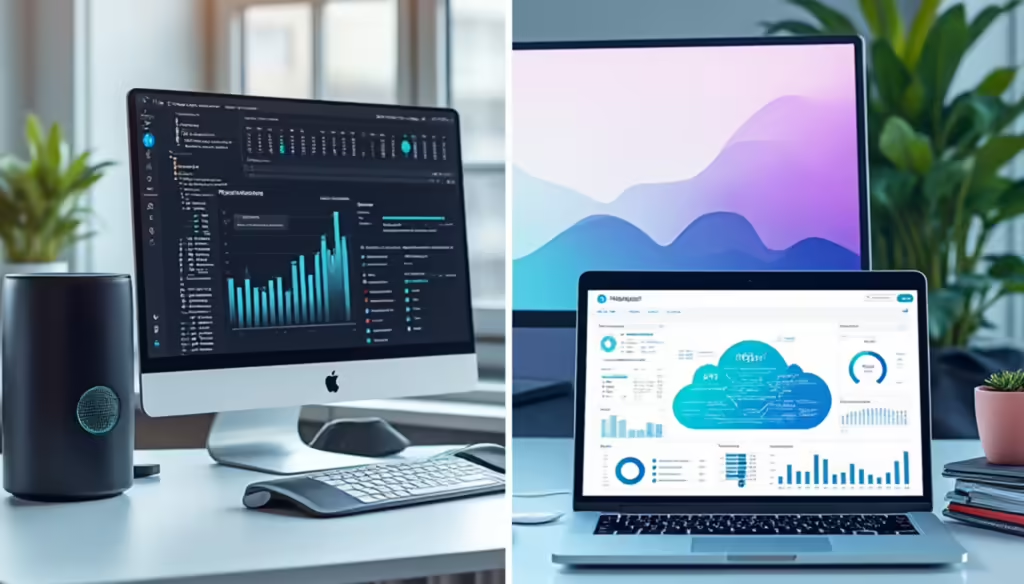With Laurier Mandin and Stephanie Testa
Video, at least in the form of television, is not a new thing. Commercials and product demos have been part of our lives forever. So why are we talking about video as though it’s something new and mysterious? Video has become more relevant than ever in product marketing through continuous improvements in targeting, impact and sharability.
Video is a cool medium: the audience is passive. They feel — more or less — what they’re shown to feel. But emotional manipulation isn’t the most effective way to market a new product. In fact, Stephanie Testa thinks the focus should be on authenticity.
Stephanie Testa started out as a film and media student with a passion for documentaries. She worked as a technical consultant on documentaries until forming her own agency: Firelight Studio — a New York City based production studio focused on branded entertainment and product videos.





